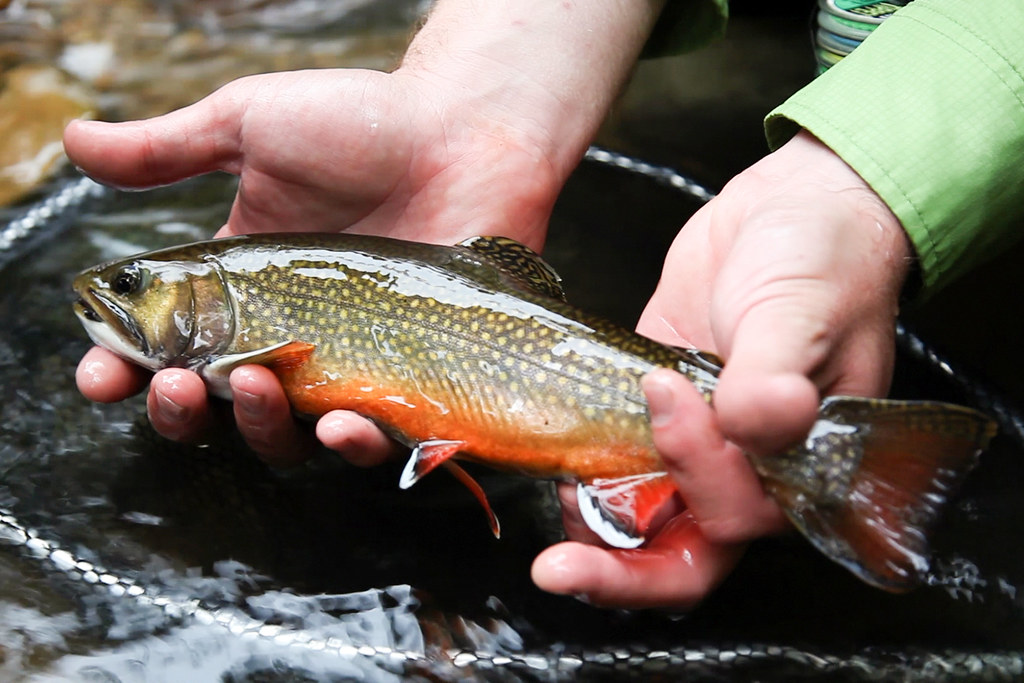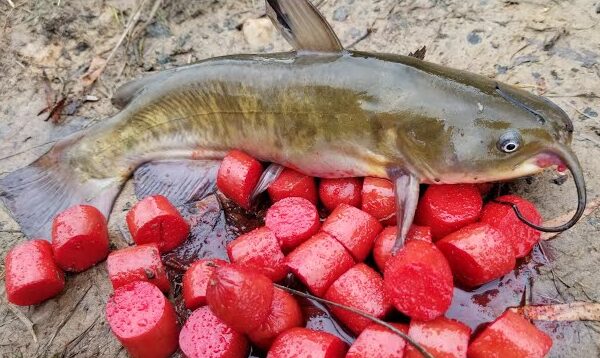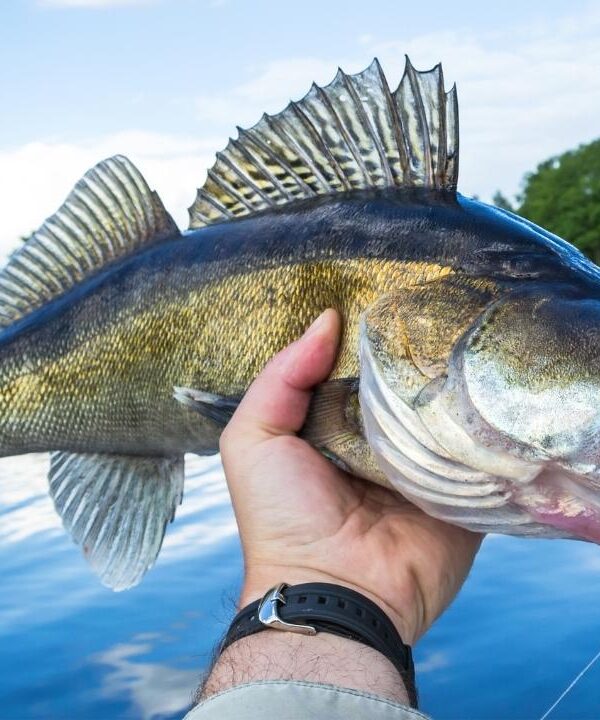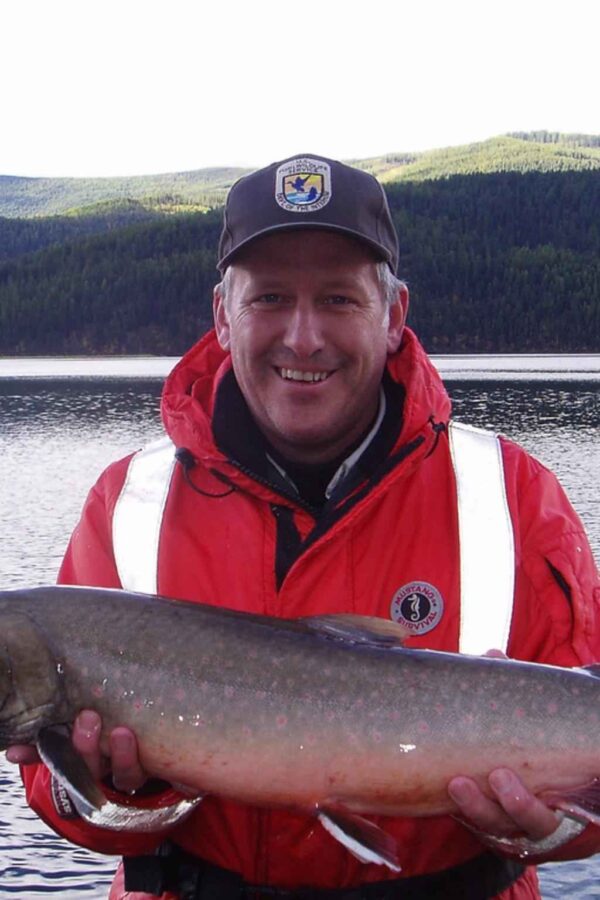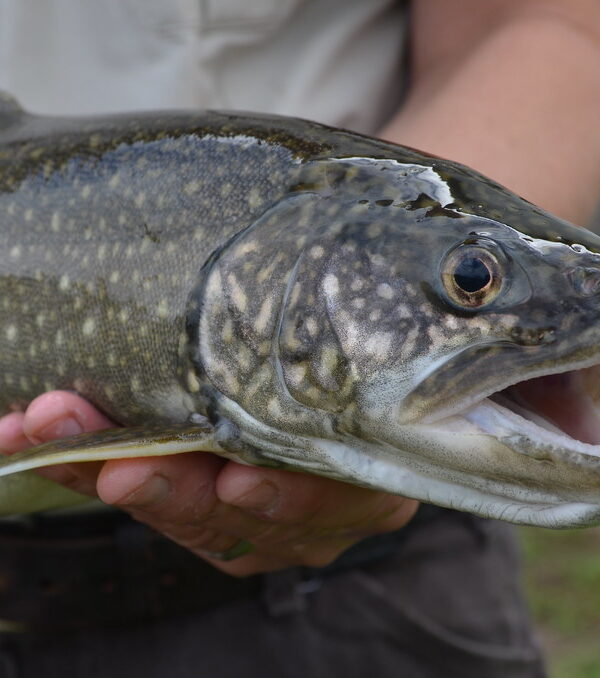Introduction to Brook Trout
The brook trout, also referred to as speckled trout, brookie, brooks, or squaretail, represents both the smallest member of the char genus and a delightfully eager biter for anglers. Brook trout originally evolved across eastern North America in cold streams, rivers, ponds, and lakes. Their diverse markings and willingness to take flies and lures makes the brook trout a favorite among freshwater anglers. Conserving these colorful char remains an important focus.
Physical Characteristics
Brooks display olive to steel gray bases with vermiculate patterns of yellow, purple, and red highlights across their backs and sides. Light red fins and bellies with distinctive white leading edges on fins help identify them. A splash of vivid red and blue colors surrounds their lower jaws. Most grow 5-10 inches on average, but brook trout exceeding 5 pounds exist.
Vibrant Coloration
The exceptionally brilliant colors and patterns provide camouflage in their native habitats with gravel and red clay stream bottoms. Their tones intensify during the fall spawning season. These markings make the brook trout one of nature’s most beautiful freshwater fish.
Range and Habitat Of Brook Trout
Brooks evolved across northeastern North America with native ranges extending south along the Appalachians. They thrive in cold streams, creeks, ponds, rivers and lakes. Ideal waters offer clean gravel shallows for spawning and pools or lakes for feeding. Some stocks now exist outside native ranges due to introductions. Protecting remaining wild populations remains a vital focus.
Diet and Prey
Brook trout feed on diverse prey from larval and adult aquatic and terrestrial insects to small fish, crustaceans and more. They adjust feeding habits based on available food sources in native waters or introduced areas. Their opportunistic nature helps them thrive in headwaters.
Life Stages and Behavior
Most speckled trout reach maturity around 2-3 years old and live 3-5 years on average. Fall spawning takes place in excavated gravel redds along stream riffles or lakeshores. Some spend their entire life cycle in small headwater streams while others migrate seasonally between larger rivers and tributary creeks. Understanding these movement patterns allows targeting them effectively.
Eager Strikes
Hungry speckled trout eagerly rise to dry flies and strike wets, streamers, nymphs and other subsurface patterns. They also attack small spinners and crankbaits. Their willingness to bite across a range of techniques makes the brook trout a perfect species for beginning anglers.
Fishing Techniques For Brook Trout
Brooks readily take flies like Parachute Adams, Elk Hair Caddis, and Stimulators fished dry and allowed to drift drag-free in likely holding lies. Small spinners cast to riffle currents or retrieved through pools also work well. Bait like worms or tiny jigs tipped with grubs tempt brook trout near structure. Light rods help detect subtle bites.
Reading the Water For Brook Trout
Locating current breaks, seams, logjams, undercut banks, overhanging vegetation and other cover provides high percentage places to thoroughly fish offerings. Learning seasonal movement patterns allows following them through upstream and downstream migrations connected to spawning and temperature regimes.
Conservation Status of Brook Trout
Brook trout have declined over much of their native range due to development, competition from introduced brown and rainbow trout, and habitat loss. Conserving remaining wild populations in the Appalachians and northeastern North America represents a major focus. Careful management tailors angling practices and regulations to help sustain fisheries.
Protecting Native Stocks
Restoring degraded habitats, installing fish barriers to favor brook trout over non-native trout, and protecting intact headwaters ecosystems represent priorities for fisheries managers. Special regulations that prohibit keeping native fish also aim to preserve their unique genetics.
Importance Of Brook Trout
Beyond fishing value, brook trout help regulate macroinvertebrates and insects in small headwater streams. They represent part of cherished wilderness landscapes. Brook trout offer an easily accessible fishery that helps instill a passion for the sport in beginners. The challenge of fooling wary fish on spring creeks tests even experts. Their vibrant colors captivate anglers.
Cultural and Ecological Significance
Brooks hold deep cultural connections to North America through their original native range. Protecting the future of the species honors this historical legacy. Maintaining intact populations also benefits entire watersheds through their connections in the food chain.
Interesting Facts
- The current world record speckled trout weighed 14 pounds 8 ounces and was caught in Ontario’s Nipigon River in 1915. Most trout over 3-4 pounds gain attention.
- Coastal populations called “salters” migrate into saltwater estuaries and nearshore areas to feed similar to brown trout steelhead. They grow larger than inland fish.
- Selective breeding programs have created unique variations like the heritage “Heritage Brook” strain and trophy “Slocum Brook” strain.
- Brooks spawn during the fall whereas other trout and salmon species spawn in spring or summer. Their peak fall colors match the changing leaves in their streamside habitats.
- These trout thrive in remote headwater streams thanks to adaptations like the ability to metabolize oxygen from the air when dissolved levels drop.
Responsible Angling
Releasing larger trout helps sustain breeding stock. Using barbless hooks minimizes injury and damage. Avoiding spawning fish and adhering to conservative limits enables wild populations to persist. Any harvested fish should be promptly chilled. Selective gear rules also protect them.
Conclusion
The future of the iconic brook trout depends on protecting remaining intact wild habitats and restoring degraded watersheds across their native ranges. Their place in angling history calls anglers and biologists to continue working together to ensure their future.

